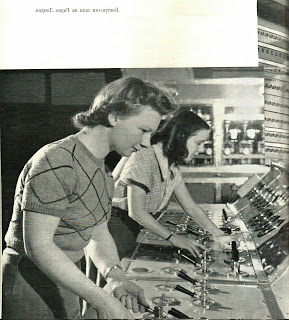
|
|
Henri (left) with his brother Antoine and his mother Queen Marie Amélie. |
In his Shell Guide to Worcestershire of 1964 the peerless James Lee-Milne is rather hard on Wood Norton Hall, near Evesham:
‘Now the BBC Engineering Training Department, tarmac-ed and pig wired. Built 1897 for the Duke of Orleans, who lived here in exile and secluded splendour. The house of red brick and half- timber is sprinkled with crowns and fleur-de-lis; interesting on account of its period ugliness ‘.
What he doesn’t mention is that just twenty years earlier the Hall was the HQ of the BBC Listening Station, where eminent writers, journalists and linguists worked together in specially built huts to listen into communications from Europe. The great critic and poet Geoffrey Grigson and eminent art historian Ernst Gombrich, not to mention the TV star Gilbert Harding out of ‘What’s My Line’, were a few of the celebs who did their bit for the war effort here by intercepting messages, mainly from the Germans—vital work that has received far less attention than that done at Bletchley Park. The full story is told in Assigned to Listen while the less than enjoyable experiences of Grigson can be read in his autobiography Crest on the Silver (1950).
What we have here though is a letter from ‘H. d’Orleans’ dated 8th March 1862 to an agent --- thirty years before the present building was erected. Here is my translation:





